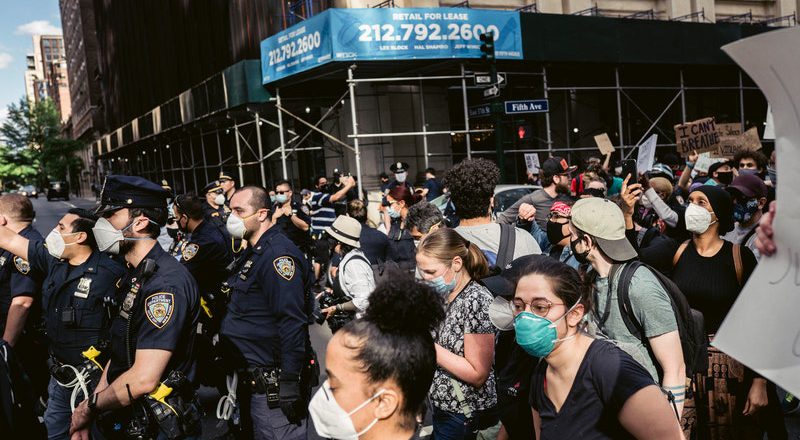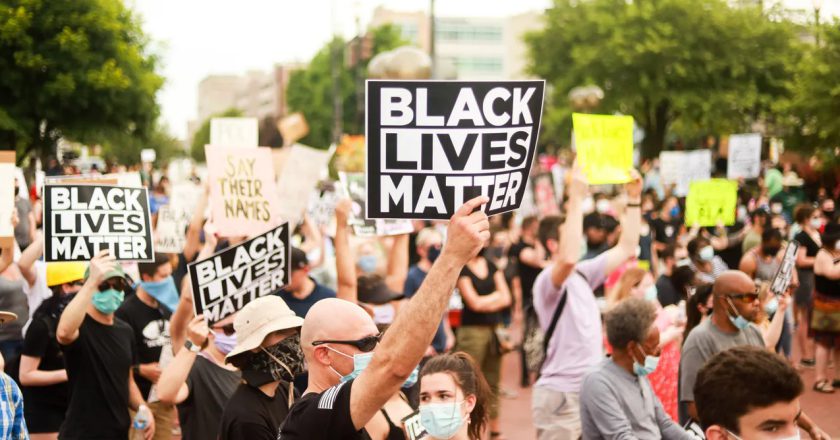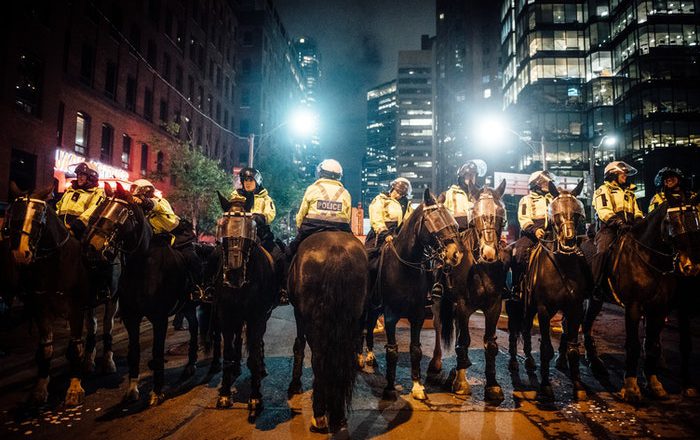A Plan That Would Attract More Students To The State’s Flagship Colleges Failed – The Texas Top 10% Plan
The Research Brief is a short take about interesting academic work.
The big idea
A 22-year-old Texas initiative – meant to broaden the pool of high schools whose graduates attend public universities after affirmative action was banned – has made little difference in who enrolls at Texas’ two flagship public universities, according to our new research.
The Texas Top 10% Plan guarantees college admission to any four-year public Texas institution for students who graduate in the top 10% of their high school class. Our recent study, currently undergoing peer review, found that in high schools with no history of sending students to Texas A&M or the University of Texas at Austin, only about half sent a student to either flagship campus in the five-year period after the plan started in 1998....






